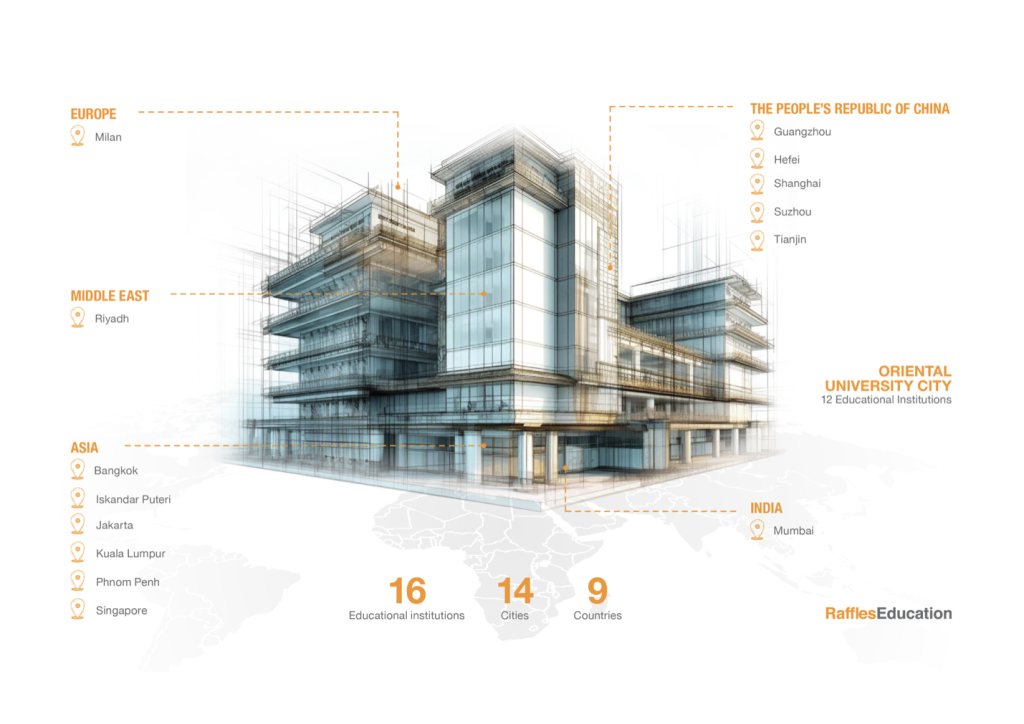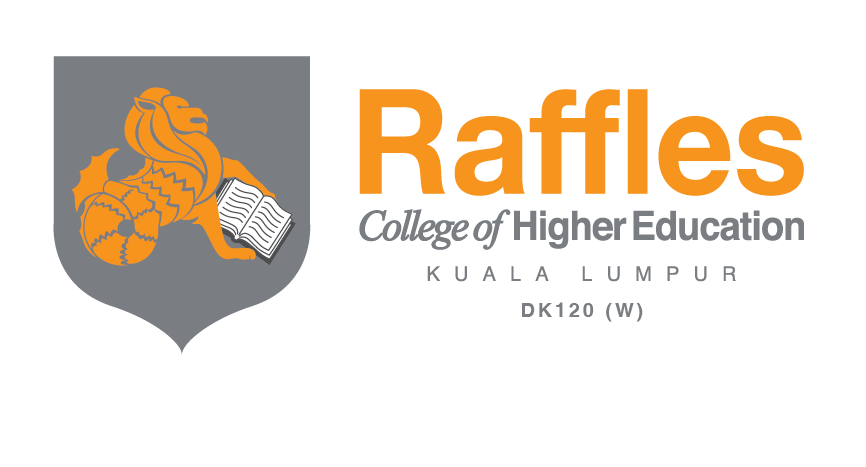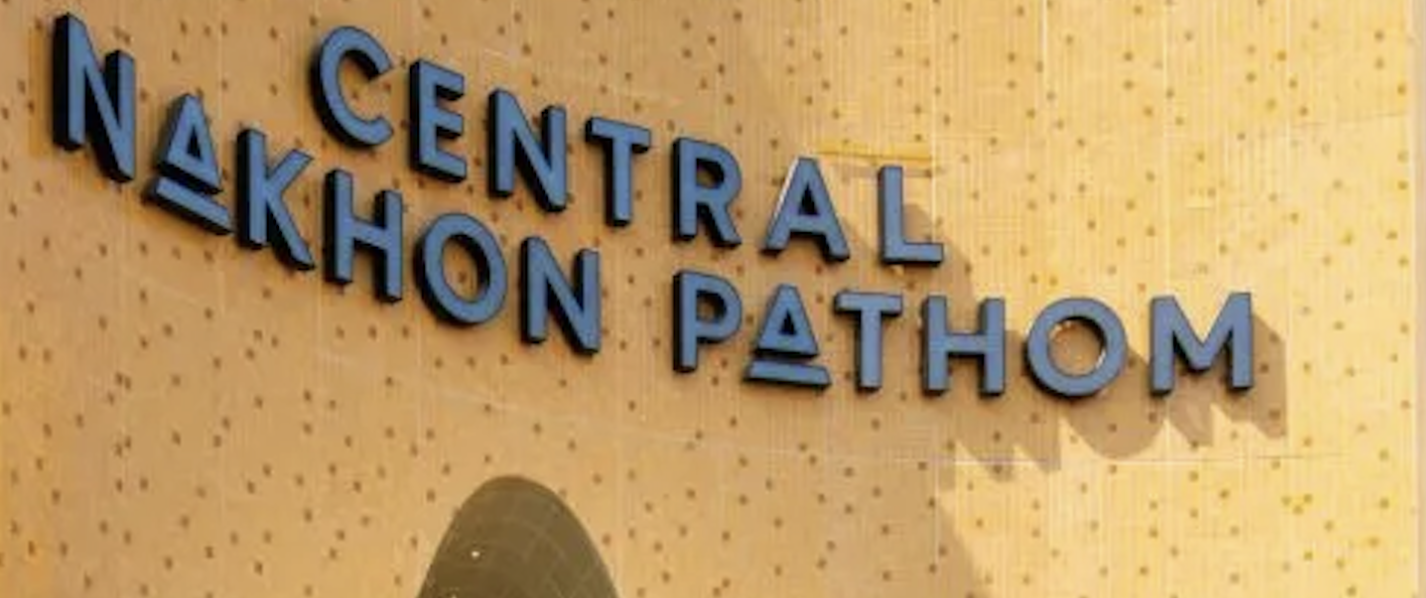
Image credit: Mario Monreal, BT; Adobe Stock, 2025
The Power of Place: When Tourism Turns into Business
In today’s economy, where experiences are more important than things, destinations are more than just places; they are brands. Countries present themselves to the rest of the world through the intersection of tourism, luxury, and creative industries. Singapore has done well because it knows that tourism isn’t just about sights and attractions; it’s also about lifestyle and goals. We see similar stories of change across Asia:
• South Korea has become the world capital of beauty tourism, combining pop culture, new cosmetics, and wellness into a single narrative of self-expression.
• Japan has turned craftsmanship and streetwear into global art forms, making cities like Tokyo and Osaka popular with creative travelers.
Singapore has emerged as the ultimate luxury hub, a city where upscale shopping, design culture, and unparalleled service converge to create a unique experience. The link between tourism and business has turned Singapore into a living marketplace of global taste.
The Growth of “Quiet” and “Experiential” Luxury
According to The Business Times (2025), more and more modern luxury shoppers are seeking “quiet luxury,” an understated sophistication that values craftsmanship, sustainability, and purpose over flashy logos. This is a culture change: from showing off wealth to finding meaning.
This new way of thinking is perfect for Singapore. Its luxury ecosystem has changed from just selling things to telling stories through experiences, as seen in:
• Immersive retail ideas: flagship stores that combine fashion, technology, and design.
• Integrated resorts and designer hospitality: places like Marina Bay Sands and Raffles Hotel make luxury a part of everyday life.
• Culinary artistry: high-end dining and fashion collaborations that celebrate craftsmanship in more than just clothes.
Singapore has changed the meaning of luxury from “too much” to “the best” through this mix.
Global Standards and Lessons in Positioning
Singapore’s plan is similar to and competes with those of other major world cities in integrating luxury and tourism, such as Paris, where art and architecture blend with heritage and haute couture.
• Milan, where fashion and design education and innovation are two sides of the same coin.
• Dubai, where digital transformation and spectacle change the way people shop.
• Seoul, where pop culture drives whole industries, from streetwear to skincare.
Every place we go reminds us that the future of luxury lies in storytelling, and Singapore’s story remains one of precision, progress, and purpose.
The Next Wave: Technology, Culture, and Sustainability
Values, not just value, will shape the future of luxury worldwide. The most important signs of prestige these days are sustainability, ethics, and digital intelligence. Singapore is already at the forefront of this change with projects like:
• Smart Nation technologies: using data to personalise tourism and retail experiences.
• Sustainable luxury practices include building with the environment in mind and following green hospitality standards.
• Cultural innovation: using art, design, and education to make tourism more interesting.
Singapore is at the center of Asia’s luxury story because it combines intelligence with indulgence.
The Real Competitive Advantage: Cross-Industry Synergy
Luxury and tourism have always been linked, but Singapore has turned the connection into an art form. The fact that the country can combine fashion, hospitality, culture, and technology shows how working together can create new forms of value. This synergy is what makes the country strong in times of change. When tourism slows down, retail does well; when global retail changes, Singapore is the first to adapt. It’s not just a place to go; it’s a plan for economies that look to the future.
Since establishing its first college in Singapore in 1990, Raffles has grown to operate 16 educational institutions across nine countries in Asia-Pacific and Europe. Students enrolled in Raffles benefit from a quality education and well-rounded hands-on experience relevant to the industry. This enables them to improve their career opportunities. Our flexible inter-school transfer scheme allows students to study at any of Raffles’ network of colleges, immerse themselves in different cultures, and experience living overseas. Studying in a multinational environment enables our students to expand their personal networks, be exposed to international perspectives, and greatly enhance their career opportunities beyond their home country.

Raffles Global
Arman POUREISA
Marketing Manager
Raffles Indonesia
References
Mario Montreal, BT; Adobe Stock. (2025). More shoppers are seeking out “quiet” or experiential luxury rather than the status that comes with owning designer goods. The Business Times. Retrieved from https://www.businesstimes.com.sg/opinion-features/features/can-singapore-stay-forefront-global-luxury-market
Euromonitor International. (2025). Global luxury goods market outlook 2025–2030.
McKinsey & Company. (2024). The State of Fashion: Luxury Reimagined.
UNWTO. (2024). Tourism and creative industries: Building sustainable value chains.
Lee, C., & Park, H. (2023). Tourism-driven branding in East Asia: Case studies from Korea, Singapore, and Japan. Journal of Tourism and Global Marketing, 17(4), 231–249.







